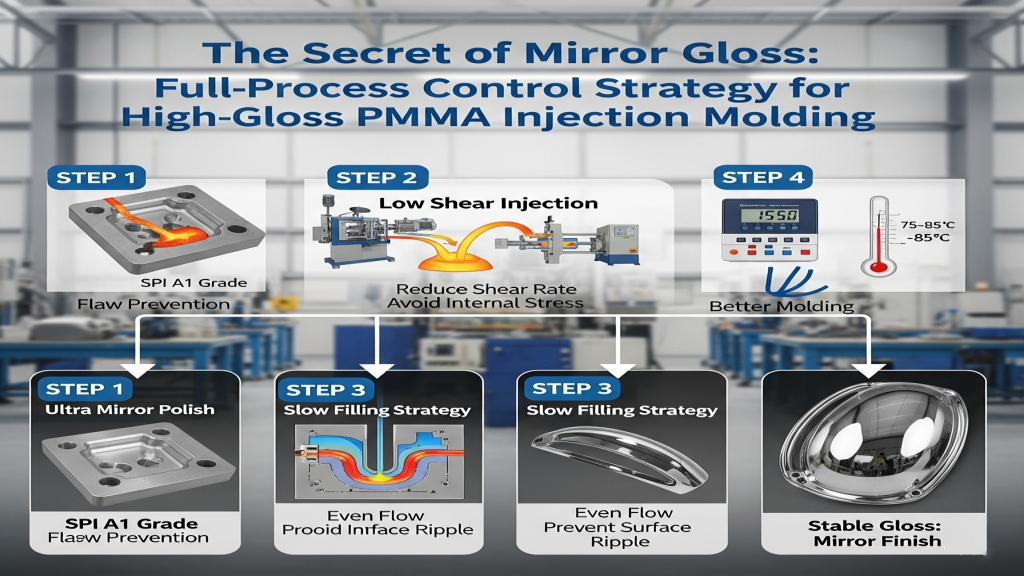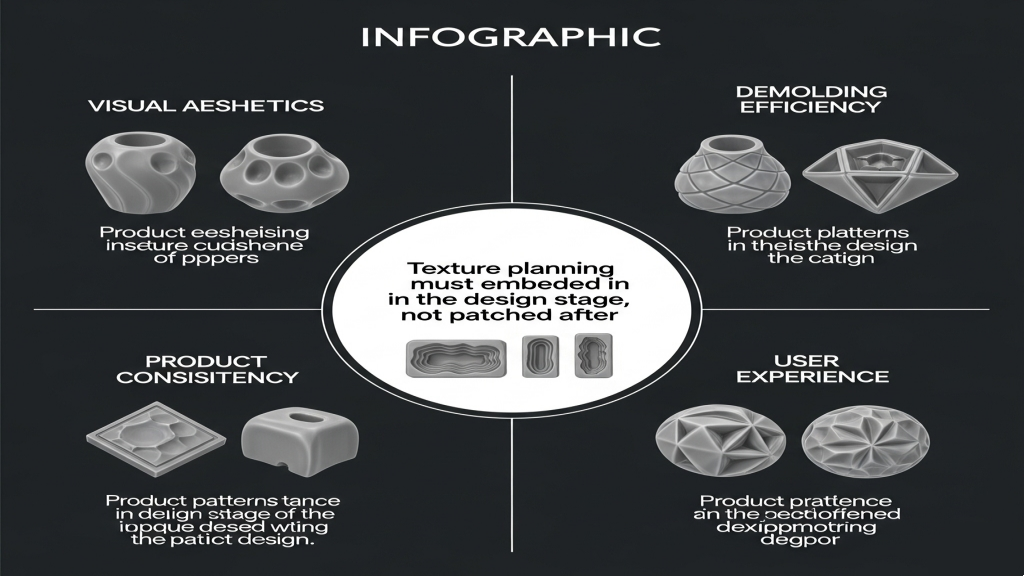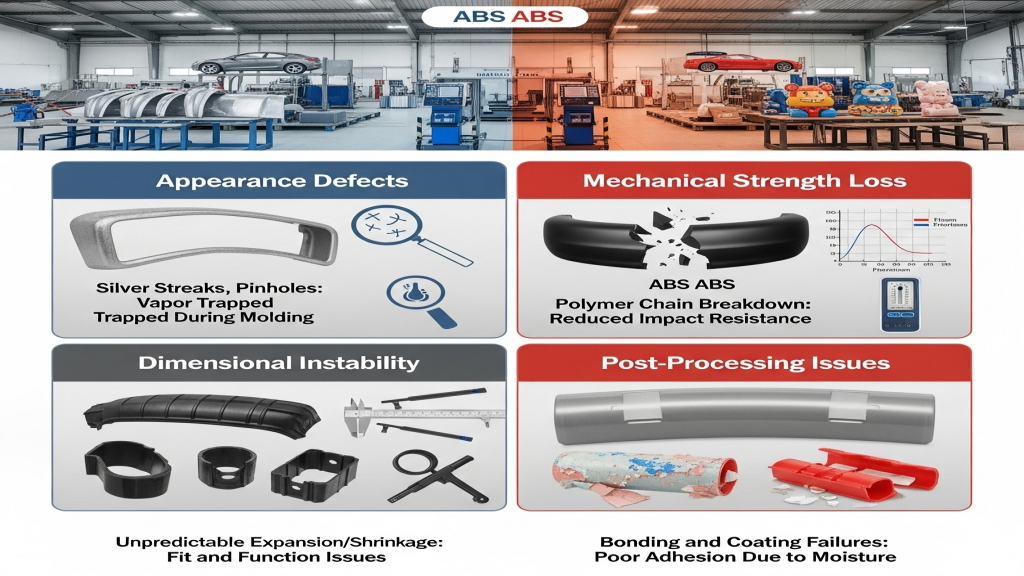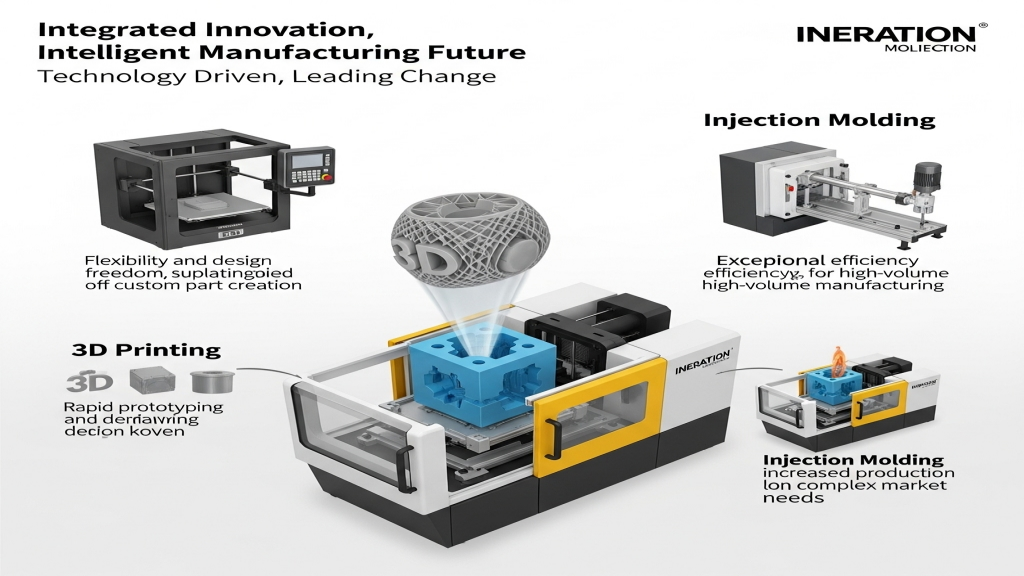To improve overmolding adhesion with nylon, focus on surface preparation, select compatible materials, optimize molding conditions, and use bonding agents. These strategies help achieve a strong, durable bond between nylon and the overmold material.
Nylon’s smooth surface and moisture absorption make it challenging for bonding. Without the right techniques, you risk weak adhesion, delamination, or part failure. Let’s look at each strategy in detail for better results.

Why is adhesion a challenge in nylon overmolding?
Nylon is a hydrophilic material that tends to absorb moisture, which can affect its surface energy and reduce the bonding strength of the overmold material. Additionally, nylon’s natural surface smoothness and chemical composition make it difficult for the overmold material to form a strong, durable bond. This can lead to delamination, which is the last thing you want in any application.
Think of nylon as a person with a bit of a "cold shoulder"—it can be a bit tricky to get close and form a solid connection. However, with the right techniques, you can break down those barriers and build a strong, lasting bond. Issues like delamination and choosing appropriate bonding techniques are crucial to achieving a durable overmold with nylon.

Key Techniques to Improve Overmolding Adhesion with Nylon
1. Surface Preparation: Clean, Dry, and Roughen
Proper surface preparation is essential for improving adhesion when overmolding with nylon. The surface of the nylon part needs to be clean, dry, and roughened to allow better bonding with the overmold material.
- Clean the Surface: Any contaminants such as oils, dust, or grease must be removed. Solvents like isopropyl alcohol (IPA) or a specific nylon cleaner can do the job. This ensures that the overmolding material can adhere to the nylon without interference.
- Dry the Nylon: Moisture is the enemy when it comes to bonding. Dry the nylon part thoroughly to prevent the absorbed water from interfering with adhesion. Drying should be done in a controlled environment, such as a drying oven, to reduce moisture content.
- Roughen the Surface: Sandblasting or using a laser to roughen the surface increases surface area and improves the mechanical interlocking between the overmold material and the nylon part.
2. Selecting the Right Overmold Material
Choosing the right overmold material is crucial to ensure a strong bond with nylon. The overmold material should have good adhesion properties and be compatible with nylon's surface.
- TPE (Thermoplastic Elastomers): TPEs are often a go-to for overmolding onto nylon due to their flexibility, good adhesion to nylon, and wide range of hardness.
- Polycarbonate (PC): Polycarbonate can also bond well with nylon, offering durability and impact resistance. It’s often used in automotive and consumer electronics applications.
- PP (Polypropylene): Although PP can be trickier to bond with nylon, using proper surface treatments can help achieve strong adhesion for specialized applications.
By selecting a material that is known for its bonding capabilities with nylon, you improve your chances of achieving a lasting bond.
3. Optimize Injection Molding Conditions
Processing conditions during overmolding play a significant role in adhesion quality. If the molding parameters are not properly optimized, the bond between nylon and the overmold material may not form as effectively.
- Injection Pressure and Speed: Too high or too low of an injection speed and pressure can lead to weak adhesion. Higher pressure ensures better filling of the mold and can help achieve a more solid bond.
- Mold Temperature: The mold temperature should be optimized to ensure that both the nylon and the overmold material bond without causing defects like warping or voids. A slightly higher mold temperature can help improve adhesion by ensuring both materials flow and fuse together better.
- Overmold Material Temperature: The temperature of the overmold material should be carefully monitored, as this can also affect how it bonds to the nylon. Materials like TPE or PC have specific temperature ranges that ensure optimal adhesion.
4. Use of Adhesion Promoters and Bonding Agents
Adhesion promoters can significantly improve the bond between nylon and overmold materials. These chemicals are applied to the nylon part before the overmolding process, enhancing its surface energy and improving adhesion.
- Plasma Treatment: A low-temperature plasma treatment can modify the surface of the nylon to increase its polarity, making it more receptive to bonding agents and overmold materials.
- Adhesive Primers: Using an adhesion primer can also increase the surface energy of the nylon part and create a stronger bond between the nylon and the overmold material.
- Fluoropolymer Coatings: In some cases, a fluoropolymer coating can be applied to enhance the adhesion strength. These coatings can help achieve better interfacial bonding and reduce delamination.
Overmolding Process and Material Comparison
To summarize how different techniques and materials affect the overmolding process, here’s a table that highlights key differences:
| Technique/Material | Effect on Adhesion | Common Applications | Recommended For |
|---|---|---|---|
| Surface Preparation | Essential for bonding | General overmolding | Ensuring long-term bond strength |
| TPE (Thermoplastic Elastomers) | Good adhesion to nylon | Medical, automotive, consumer goods | Flexible overmolding parts |
| Polycarbonate (PC) | Strong adhesion | Automotive, electronics | High durability and impact resistance |
| Injection Molding Pressure | Controls bond quality | All overmolding applications | Higher pressure for better bonding |
| Adhesion Promoters/Primers | Increases surface energy | Automotive, industrial parts | Parts needing enhanced bonding |
| Plasma Treatment | Increases polarity | Electronics, medical parts | Improving surface energy |
Conclusion
Improving overmolding adhesion with nylon involves careful surface preparation, selecting the right materials, optimizing molding conditions, and using bonding agents. Each of these strategies plays a key role in creating a secure, long-lasting bond between the nylon and the overmold material.
For more guidance on overmolding best practices, check out our resource center or contact us to discuss your specific needs. With the right approach, you can achieve durable, high-quality overmolded parts that meet performance and aesthetic standards.







